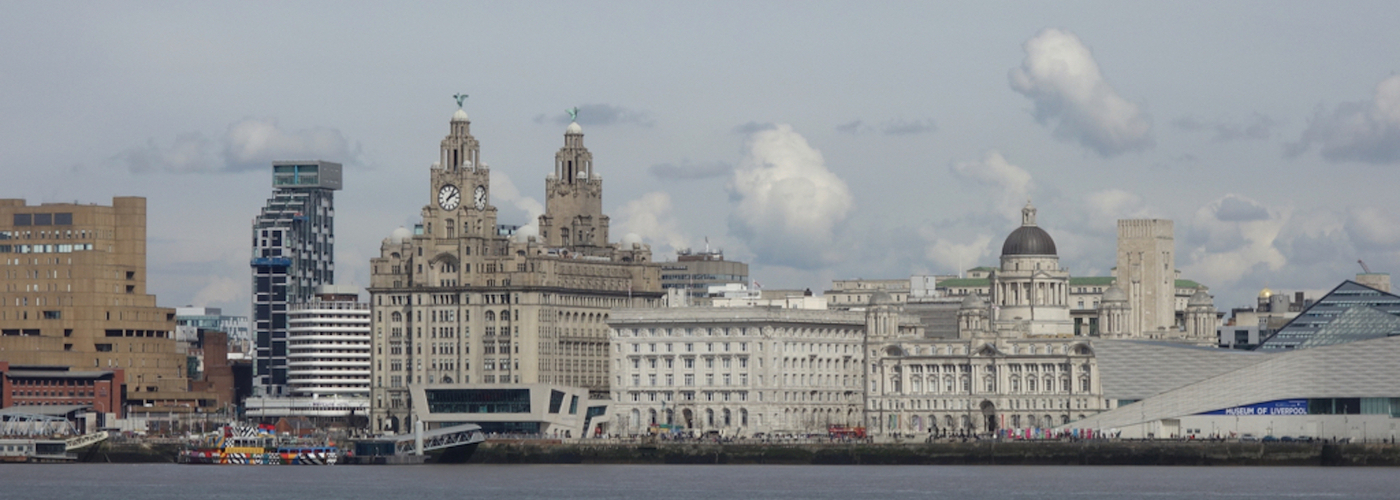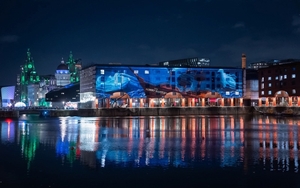Museum boss calls for urgent action to protect World Heritage status
LIVERPOOL must do all in its power to protect its World Heritage Site status, Dr David Fleming, boss of National Museums Liverpool, said ahead of a major conference in the city this week.
Heritage and regeneration chiefs will open a series of events on Wednesday aimed at securing and maximising Liverpool’s distinctive cultural identity.
Organised by the University of Liverpool’s Heseltine Institute for Public Policy and Practice, in partnership with National Museums Liverpool and Liverpool City Council, the symposium will feature talks by Brookie founder Phil Redmond and Historic England’s chief executive, Duncan Wilson.
During the day-long event Harcourt Developments’ Paul Manning will hail the Titanic Hotel in Stanley Dock as an example of high quality conservation and restoration, while Steve Parry, managing director at Ion Development (formerly Neptune Developments) , will consider the benefits and challenges of developing within a WHS site.
Read: Liverpool could lose World Heritage Status as soon as next year
Read: When did Liverpool give up on great architecture?
The event, at the Maritime Museum, will address the “deep concern” expressed this month by UNESCO over Liverpool Waters plans, and warnings that the city could lose its prized World Heritage Status.
The even will be opened by Dr Fleming and chaired by Ian Wray, the University of Liverpool's visiting professor in civic design.
Dr Fleming said: “Liverpool’s cultural heritage – its personality, its history, its buildings – is without equal outside of a handful of world cities (such as London, Paris and New York).
“The strength of this cultural heritage has enabled the renaissance of the city after the hard times of the 1960s, ‘70s and ‘80s. This was recognised to an important degree when, in 2004, UNESCO declared much of Liverpool city centre to be a World Heritage Site. Cities around the world would dearly love to be given this status. It is like the Oscar for heritage-rich cities.

“But Liverpool is now on a list that nobody wants to be on – the World Heritage in Danger List. Most of the In Danger sites are in Africa; others are in Syria and Iraq, for example.
“We must do all in our power to protect Liverpool’s coveted status, while at the same time ensuring that the city develops as a modern, 21st century city at the heart of a vibrant city region.”
Cllr Ann O’Byrne, deputy mayor of Liverpool, said: “This symposium is a vital step in how the city engages more widely and develop the aims we identified in our new World Heritage Site Management Plan.
“Improving the understanding of what the site represents and how the city can maximise the benefits of this asset are two fundamental issues we need to explore."
Historic assets within Liverpool’s WHS have received almost £750m of investment, including the upgrade of 37 listed buildings over the past 10 years. The new WHS management plan, which has been endorsed by Historic England, will be shared with UNESCO in July
















